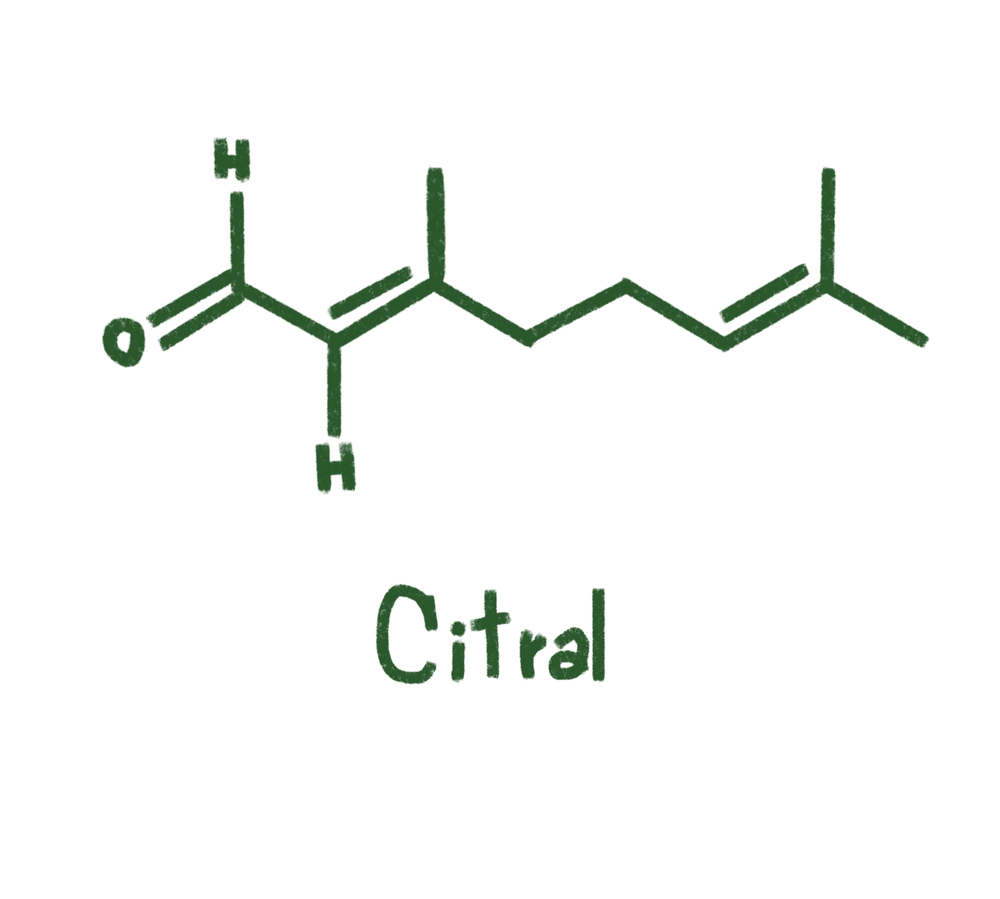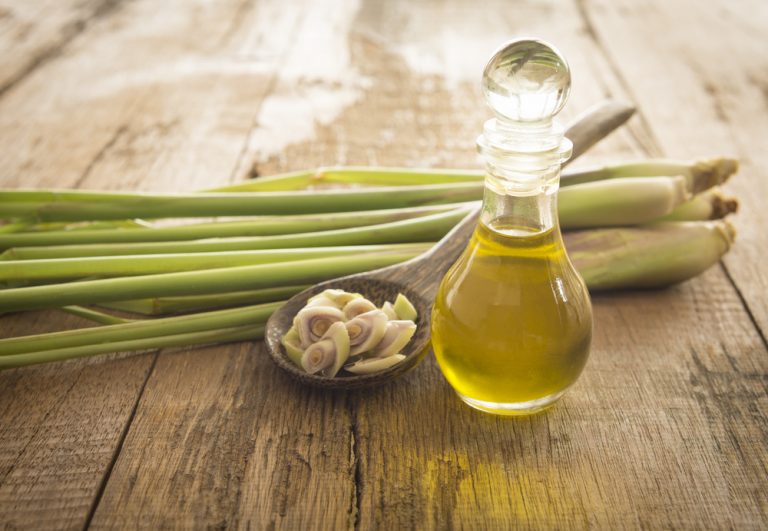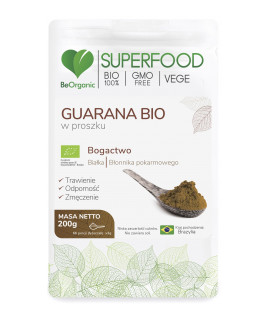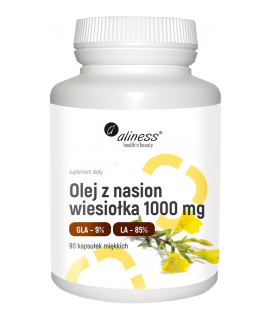Lemongrass, due to its healing properties, has been used in traditional medicine in Asia and South America. Modern scientists confirm that lemongrass has an enormous amount of health benefits. However, the most valuable is the oil made of lemongrass. Check what other properties lemongrass has and how to use it in the kitchen.
Lemongrass – what is it?
Lemongrass (Cymbopogon citratus) has numerous healing properties, which is why it has been used in natural medicine in Asia and South America for many years. Its health effects are confirmed by modern scientific research. They show that most of the healthy substances are contained in the oil prepared from lemongrass.
Lemongrass - healing properties
In the natural medicine of India, lemongrass has been used to treat indigestion and lack of appetite, and also as an antitussive, antispasmodic and antirheumatic drug.
The Chinese, on the other hand, believe that a lemongrass-based drinks help relieve headaches and stomach aches. In contrast, in South America, lemongrass is used as a mean to brighten the mind and improve concentration. It is added to the popular yerba mate drink in Brazil, giving it a refreshing lemon aroma.
Modern studies have shown that lemongrass has a beneficial effect on the level of cholesterol and glucose in the blood, therefore it is recommended in the diet of patients with type 2 diabetes.
Lemongrass oil - properties and applications
The most medicinal properties are attributed to the oil obtained from lemongrass, i.e. lemongrass oil. In folk medicine, it was used to treat skin inflammations and ulcers.
In addition, lemongrass oil repels mosquitoes, fluff and other notorious insects. Other benefits of Lemongrass oil are:
- bactericidal and fungicidal properties (therefore it is recommended, among others, to people struggling with acne)
- calming down the mind
- improving mood
- helping in relieving muscle aches and headaches
Lemongrass oil owes its versatile effect to a substance called citral (it accounts for 65 to 85 per cent of the total oil content). Recent studies also show that citral has potential anti-cancer properties.

Lemongrass oil - how to use it?
Lemongrass oil cannot be applied to the skin as It is, but it should be firstly diluted with other oils. It is enough to combine a tablespoon of grapeseed oil with 1-2 drops of the oil. With the mixture prepared in this way, you can perform a relaxing massage or rub it into a sore spot on the body. To prepare a relaxing bath, pour 2-3 drops of essential oil into a half-filled bathtub with warm water. In order to aromatize the air, pour about 2-3 drops into an aromatic fireplace, lamp or air humidifier.
Lemongrass - use in the kitchen
Lemongrass has - as the name suggests - a lemon flavour with a hint of ginger. Both the tuber and the shoots of the plant are used in the kitchen. Lemongrass goes well with almost any type of dish. It tastes best when combined with coconut milk, chicken and seafood. It can also be added as an addition to tea.









